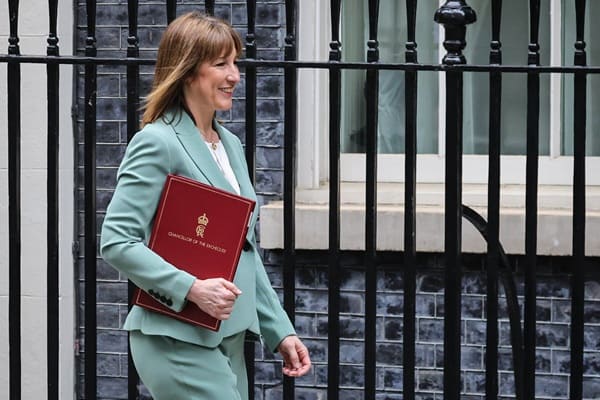Analysis by Ridgefield Consulting, an Oxfordshire-based accountancy firm, reveals that hundreds of small and medium-sized enterprises (SMEs) across the county remain disproportionately burdened by the current system.
The current Labour government faces mounting pressure to reform business rates and make them ‘fairer’ in the upcoming budget, while the opposition Conservatives have pledged to abolish business rates altogether if elected at the next general election.
Against this political backdrop, Ridgefield Consulting’s review of publicly available data highlights both the scale of potential benefit and the risks of delay for Oxfordshire’s business community.
Business rates burdening growth
According to ONS data, there are over 32,000 rateable commercial premises across Oxfordshire, spanning retail, hospitality, offices, and professional services.
However, Ridgefield Consulting’s analysis of local authority data shows that:
- Around 25% of businesses currently benefit from Small Business Rate Relief (SBRR)
- Only 10% receive the Retail, Hospitality and Leisure Relief (RHLR)
Despite Oxfordshire’s strong and diverse economy, only a fraction of businesses are able to access these reliefs. This is largely due to high property values — particularly in Oxford city centre — where prime retail and office space attract some of the highest rateable values in the South East, pushing many premises above eligibility thresholds.
Complex relief criteria, inconsistent property classification, and limited awareness also prevent businesses from claiming. Many small businesses, particularly those leasing through managed properties, may not even realise they qualify for relief. Others lose eligibility when expanding, as current rules can remove SBRR entirely once a second property is opened or the total rateable value exceeds the threshold. This creates what Treasury reports describe as a “cliff edge”, discouraging businesses from expanding locally.
While SBRR currently offers full relief for premises with a rateable value under £12,000, and tapering relief up to £15,000, those with higher valuations (typically £12,000–£50,000) face the full standard multiplier rate. In areas such as central Oxford, many independent retailers, cafés, and offices surpass these limits — leaving them without support despite operating on tight margins.
Local businesses protest the rates as pressure intensifies
The findings come amid growing concerns about the cost of doing business in Oxfordshire. The Longitudinal Small Business Survey 2024 found that 61% of SME employers see taxation, including VAT, PAYE, National Insurance and business rates as a major barrier to growth.
Locally, challenges are mounting. Long-term closures on Botley Road have disrupted trade, with several businesses reportedly withholding rate payments in protest. Meanwhile, rising city centre operating costs, congestion measures and high commercial rents are among the steepest in the South East.
In 2022, 560 Oxfordshire businesses closed, citing “business pressure” in ONS data, a term covering financial strain and unsustainable overheads. Ridgefield Consulting notes that high business rate liabilities, combined with these other operating costs, are likely to have contributed significantly to these closures, particularly for small retailers, cafés, and office-based firms.
Reform could unlock local growth
Rumoured proposed business rate reforms, including removing ‘cliff edges’, simplifying eligibility rules and extending improvement relief, could have a significant impact on Oxfordshire’s small firms. By reducing rate burdens and rewarding investment, these measures could help unlock millions in working capital for local employers.
Such reforms would not only support retail and hospitality but also benefit professional services and offices, as well as light industrial units, sectors that form a substantial part of Oxfordshire’s economy. For many of these businesses, improved cash flow could enable new hiring, premises upgrades, or expansion into nearby towns — growth that would ripple through local supply chains and strengthen the wider regional economy.
The reforms could also help offset the recent rise in employers’ National Insurance contributions (NICs), easing pressure on business owners and supporting local job creation.
Simon Thomas, Managing Director at Ridgefield Consulting, said, “Business rates have become one of the most significant fixed costs for local firms and our high streets. Combined with inflation and the rise in employers’ National Insurance contributions from April, businesses are feeling the pinch more than ever. For some, these pressures are proving detrimental — they simply cannot continue under such constraints.
“The need for business rate reform has never been greater. Our analysis of council and ONS data shows the potential benefits these proposed changes could bring, helping to protect Oxfordshire’s local economy and the businesses that sustain it.”

